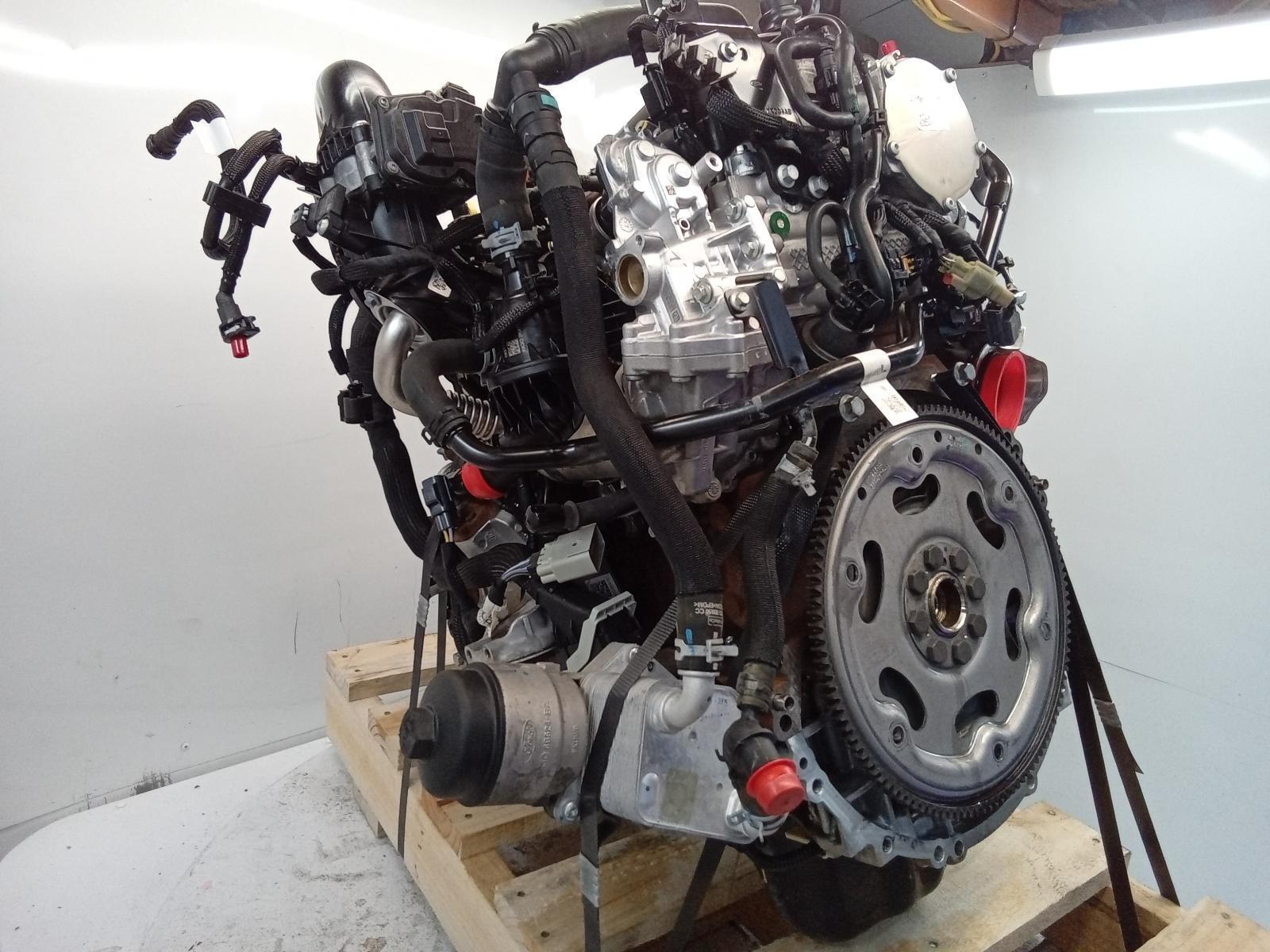The 2.2 Ford Ranger Engine: Ideal for Towing, Off-Roading, and Everyday Use
The 2.2 Ford Ranger Engine: Ideal for Towing, Off-Roading, and Everyday Use
Blog Article
What Makes a Vehicle Engine Run Efficiently: Top Tips for Optimal Care
The smooth operation of an auto engine is fundamental to both performance and long life, making optimal care an essential obligation for lorry proprietors. What particular steps should you prioritize to ensure your engine stays in peak problem?
Routine Oil Changes
One of the most crucial elements of cars and truck maintenance is guaranteeing your engine obtains normal oil adjustments. Engine oil lubricates interior components, minimizes rubbing, and assists maintain optimal operating temperature levels. Gradually, oil weakens as a result of warm, pollutants, and the natural byproducts of burning, leading to lowered performance and prospective engine damages.
The majority of producers advise altering the oil every 5,000 to 7,500 miles, yet this period can vary based on driving problems and oil type. As an example, synthetic oils might permit longer intervals between modifications. Normal oil changes not only enhance engine performance however also boost fuel effectiveness, as clean oil promotes smoother procedure.
Overlooking oil modifications can result in sludge build-up, which harms circulation and can bring about extreme engine concerns. It is crucial to check oil levels on a regular basis and keep track of for any uncommon adjustments in shade or consistency, which might show contamination or deterioration.

Maintaining Coolant Levels
Preserving appropriate coolant degrees is crucial for avoiding engine getting too hot and making certain ideal efficiency. The coolant, generally a mixture of water and antifreeze, distributes through the engine, absorbing heat and avoiding thermal stress. Inadequate coolant can cause raised engine temperature levels, which might trigger extreme damage or even overall engine failure.
To maintain optimal coolant degrees, routinely inspect the coolant storage tank, usually located in the engine bay. Make sure the coolant is loaded to the advised mark, as indicated in your car's owner handbook. It is a good idea to check the degrees at least once a month or eventually journeys, especially throughout severe weather condition problems.
If you notice that the coolant level is regularly low, there might be a leak in the cooling system, which need to be attended to promptly to prevent more issues. 2.2 ford ranger engine. Additionally, purging the coolant system every 2 to 3 years can aid eliminate any built up debris and ensure reliable warm exchange
Monitoring Air Filters

It is recommended to check the air filter every 12,000 to 15,000 miles, or extra often if driving in dusty or negative problems. A straightforward visual assessment can often reveal whether the filter is filthy or damaged. It needs to be changed quickly. if the filter shows up blemished or has visible dirt build-up.
Making use of a top quality air filter designed for your details vehicle model can additionally boost engine efficiency. Additionally, some lorries may profit from recyclable filters that read more can be cleaned up and re-installed, supplying a environmentally friendly and cost-efficient choice.
Inspecting Flicker Plugs
Flicker plugs are crucial components of a car's ignition system, directly influencing engine efficiency and efficiency. They develop the trigger that fires up the air-fuel mixture in the burning chamber, assisting in the engine's power generation. Routine inspection of trigger plugs is important for preserving optimal engine feature and preventing potential problems.
Dark soot or oil deposits can show improper combustion, while a blistered or white appearance might suggest getting too hot. Both conditions need instant focus to avoid additional engine damage.
It's a good idea to inspect stimulate plugs every 30,000 miles, or as recommended in your lorry's proprietor guidebook. Additionally, think about changing them according to the producer's standards, as used or old stimulate plugs can result in misfires, lowered gas performance, and enhanced exhausts.
Monitoring Tire Pressure
Ensuring appropriate tire stress is an important element of vehicle safety and efficiency. Under-inflated tires can result in lowered fuel performance, increased tire wear, and compromised handling. On the other hand, over-inflated tires can lower traction and raise the danger of blowouts. Therefore, routine tracking of tire pressure is essential for optimal car operation.
Tire pressure need to be inspected at the very least once a month and before lengthy journeys. Use a trusted tire stress scale to gauge the stress when the tires are cool, preferably prior to the vehicle has been driven for at the very least three hours. Describe the car's owner guidebook or the placard situated on the driver's side door jamb for the producer's advised pressure levels.
It is necessary to note that tire pressure can vary with modifications in temperature level; a decrease of 10 ° F can lead to a 1-2 psi reduction in pressure. Furthermore, visually evaluate tires for any indicators of wear or damage throughout your surveillance routine. Preserving appropriate tire pressure not just boosts car click to read more safety but additionally improves fuel efficiency and lengthens tire life, ultimately contributing to a smoother engine performance.
Verdict
To conclude, preserving an auto engine's smooth operation needs attentive attention to numerous crucial elements. Normal oil modifications, appropriate coolant degrees, clean air filters, well-kept ignition system, and optimal tire stress collectively add to boosted performance and long life. Sticking to these upkeep methods not only improves fuel efficiency yet additionally advertises a safer driving experience. Eventually, an aggressive technique to engine treatment is crucial for making sure integrity and capability over time. 2.2 ford ranger engine.
One of the most essential facets of cars and truck maintenance is ensuring your engine receives normal oil changes. Engine oil lubes internal parts, minimizes friction, and aids maintain optimum operating temperature levels. Routine oil adjustments not just improve engine efficiency yet additionally improve gas efficiency, as tidy oil advertises smoother operation.
Not enough coolant can lead to increased Source engine temperature levels, which may trigger serious damage or also overall engine failure.

Report this page